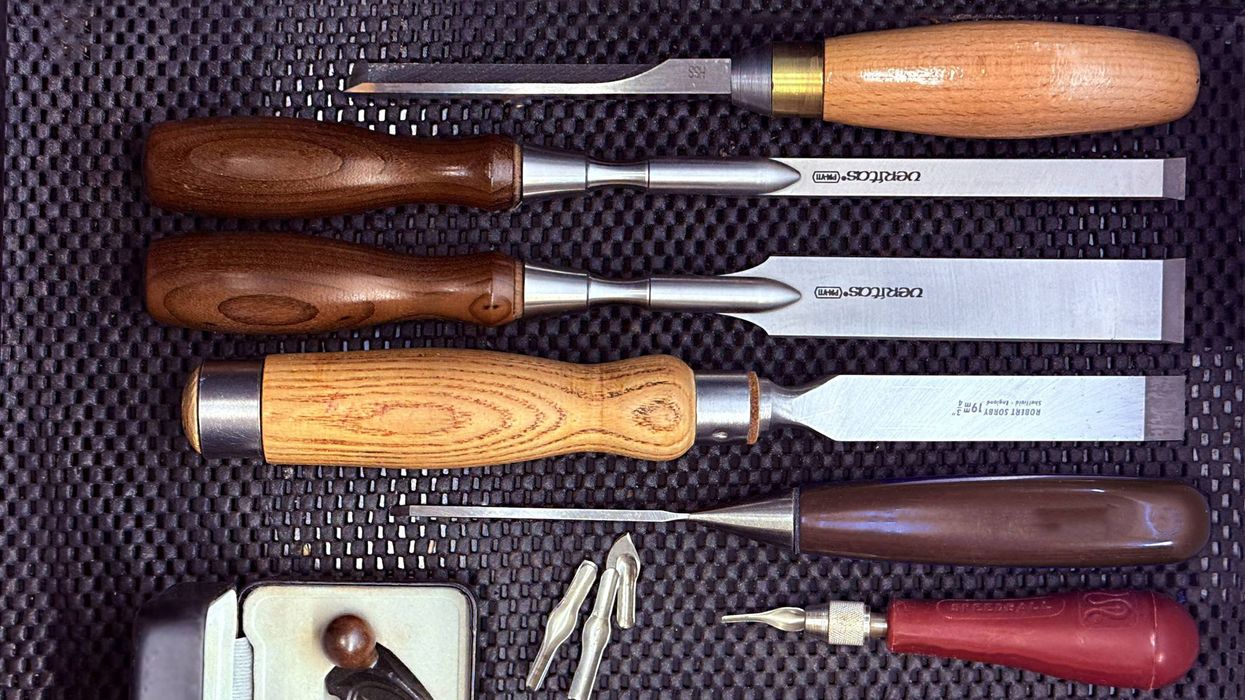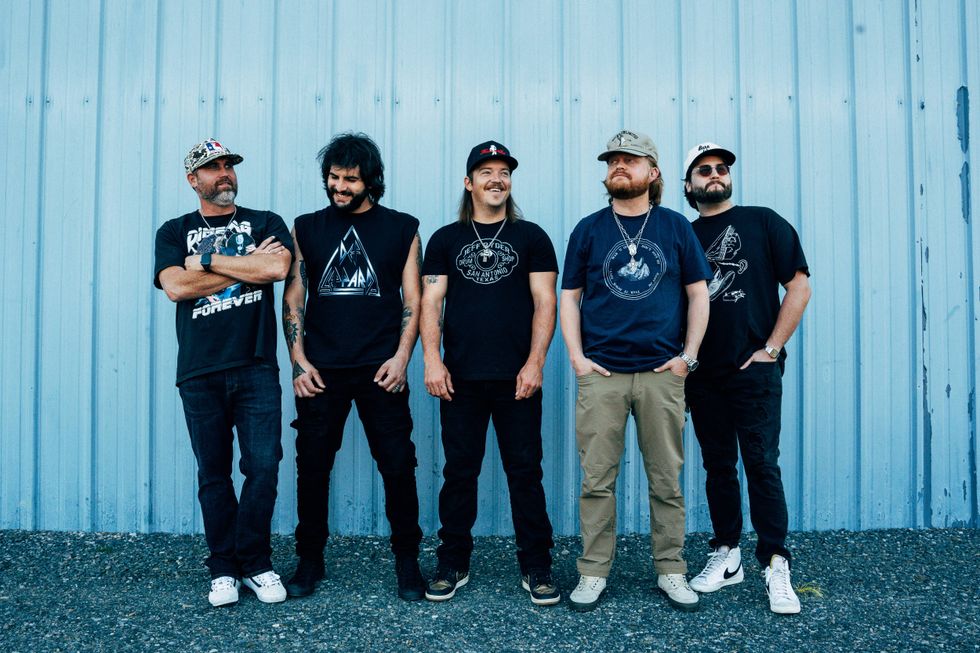Miking an acoustic guitar can be a tricky thing. The first thing everyone wants to do is to put a mic directly in front of the sound hole. The result? Over-emphasized, boomy low end. Let’s take a look at how to capture a more balanced sound.
The acoustic guitar is an instrument that has many sonic facets that come together to create one tone. The top, back and sides are all important; even the neck joint is important from a vibration standpoint. When recording acoustic guitar, it’s important to make sure you’re capturing that overall tone the best you can. I’ve experimented with using single microphones as well as multiple mics, and have achieved some great results.
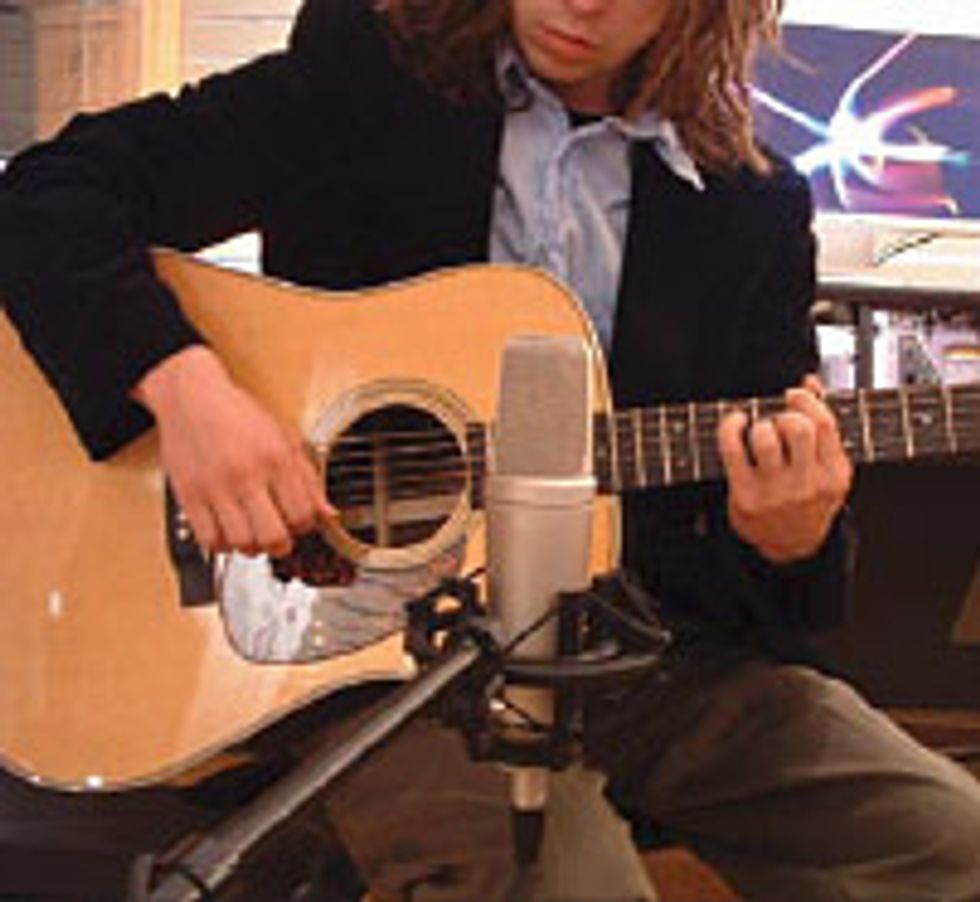 | Figure 1 — Mic placement between the 12th and 14th frets. |
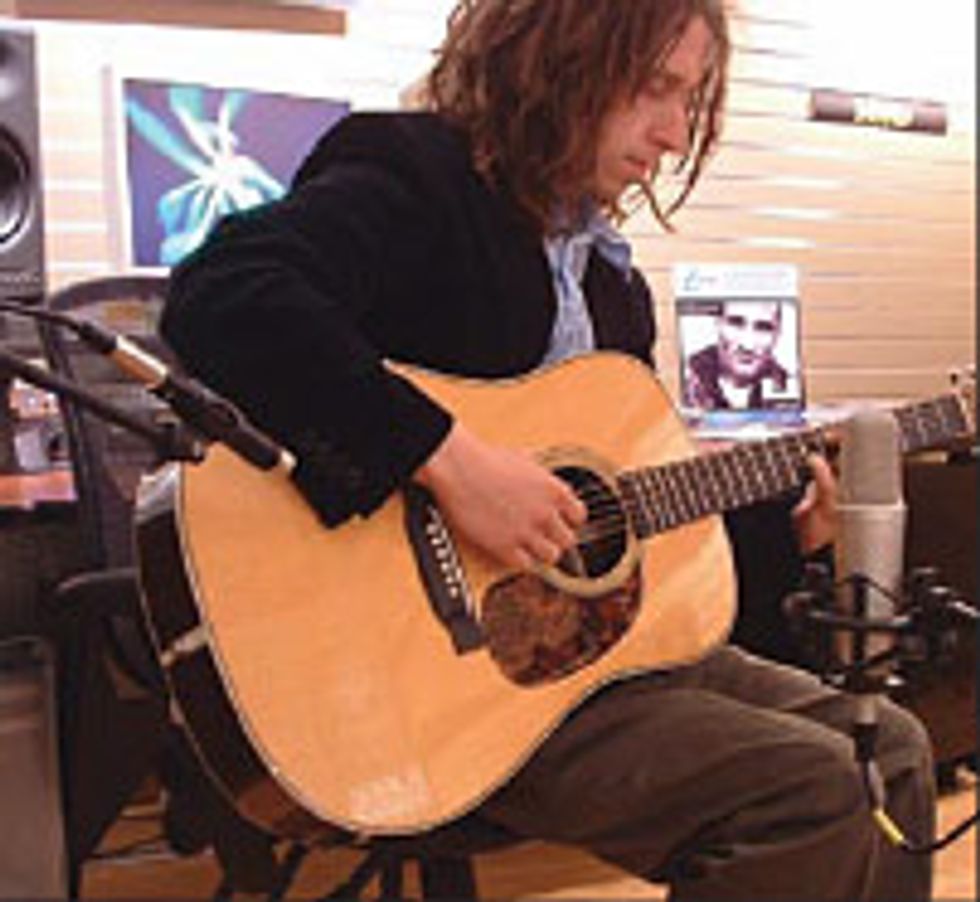 | Figure 2 — Adding a second mic behind the bridge for more high end. |
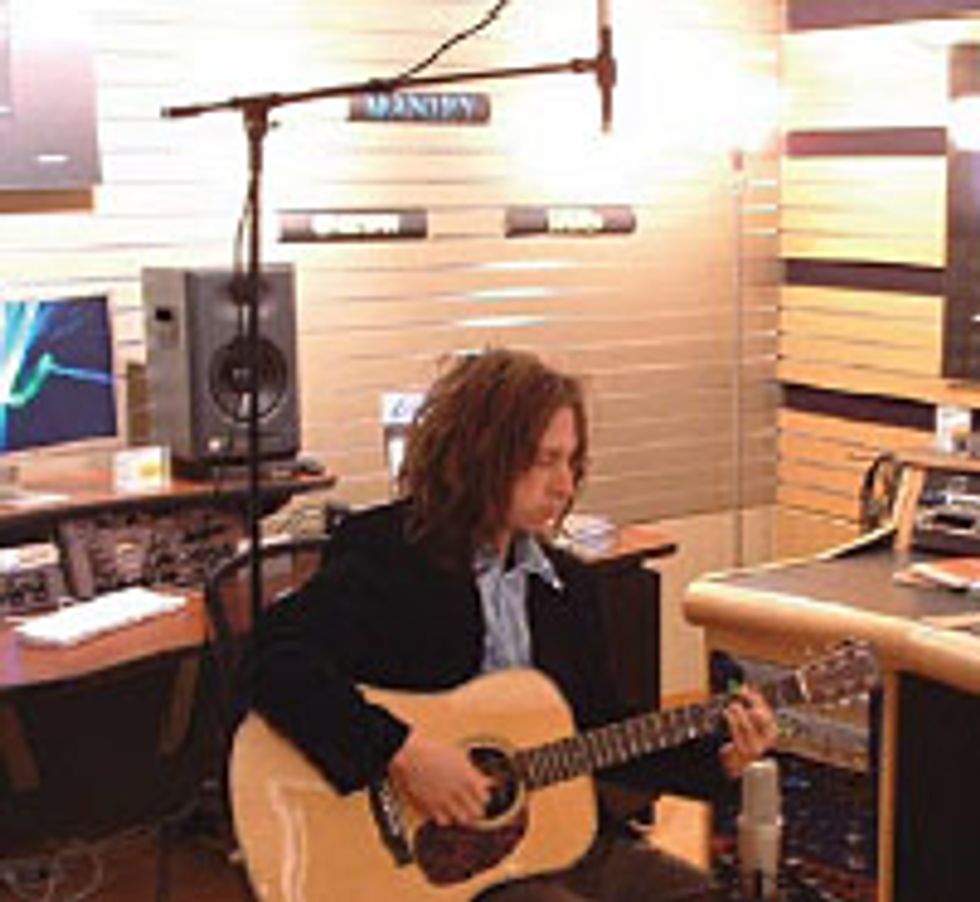 | Figure 3 — One mic out front and another overhead is an unusual approach that can work well. |
One Is All You Need
If you want to use a single mic for a tight, focused sound, try a large-diaphragm condenser, placed between the 12th and 14th frets at distance of about a foot or so. The sound you’ll get will capture a good portion of the guitar as a whole without having to resort to using a lot of EQ (See Figure 1).
The Power Of Two
If you’re fortunate enough to have a pair of mics, try the same neck mic placement as described above, but place the second mic behind, and pointed at, the bridge. Combining these signals will create a natural sound with additional high end from the bridge mic (See Figure 2). Record the mics to separate tracks so you can balance and pan them as you like.
Over The Top
A few years ago, I was in a studio with a friend who was recording many acoustic instruments, including a violin. He did a brilliant job of recording this instrument without it sounding harsh. Two mics were used, one in front of the player, the other about three feet over the player. This mic captured the rake of the bow and cut down on unwanted harshness.
I took this idea and applied it to an acoustic guitar using a large-diaphragm mic placed about three feet in front of the guitar to capture the overall sound and room ambience, and a small-diaphragm mic hanging over top (See Figure 3). Mixing the two signals and slightly panning them left and right proved to create a great sound! I still use this technique today.
Onboard Tools
Many acoustic guitars are equipped with an onboard pickup, preamp, equalizer, and sometimes even an internal microphone. If your guitar has a pickup, experiment with recording it. You may like the sound, or you may find it too sterile. Many engineers like mixing the pickup sound with the sound from either a single mic or even a pair of mics for greater tonal control.
There are a couple of ways to record acoustic guitar pickups. If you’re using a USB or FireWire interface with your computer that has an instrument input, plug your guitar straight in. If your recording system doesn’t have an instrument input, then you’ll need a direct box, which coincidentally was covered in this column last month.
Record the miked and direct pickup signals on separate tracks if possible, and experiment with different combinations, panning and balances when mixing.
Final Thoughts
Capturing a great acoustic guitar recording takes practice, and the best way to do it varies with each instrument and player you record. The most important thing is to have a good picture of the sound you want in mind, then move the mics and make adjustments until you find it. Feel free to experiment, play around, and make your own rules. Above all, have fun and be creative!
Mark Magdich
Mark Magdich is a Senior Sales Engineer with Sweetwater Sound in Fort Wayne, Indiana. He previously lived in Los Angeles, where he was a guitar player, keyboardist, and vocalist for several bands and ran his own studio and record company. Mark recently finished his education as a recording engineer and is doing mastering work out of his home as well as being a live musician. Contact him at 1-800-222-4700 ext. 1265 or mark_magdich@sweetwater.com





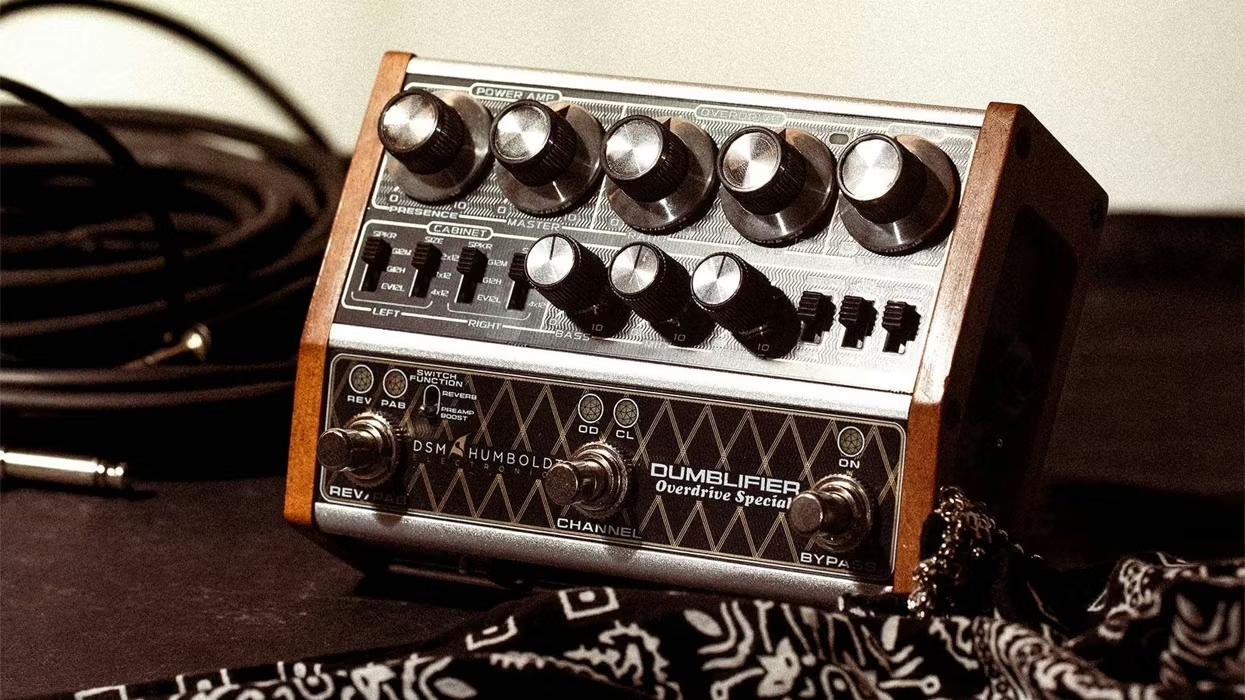

 Will McFarlane keeps a Deluxe Memory Man in line with a Princeton—his rig for noodling on the couch at home.Ted Drozdowski
Will McFarlane keeps a Deluxe Memory Man in line with a Princeton—his rig for noodling on the couch at home.Ted Drozdowski

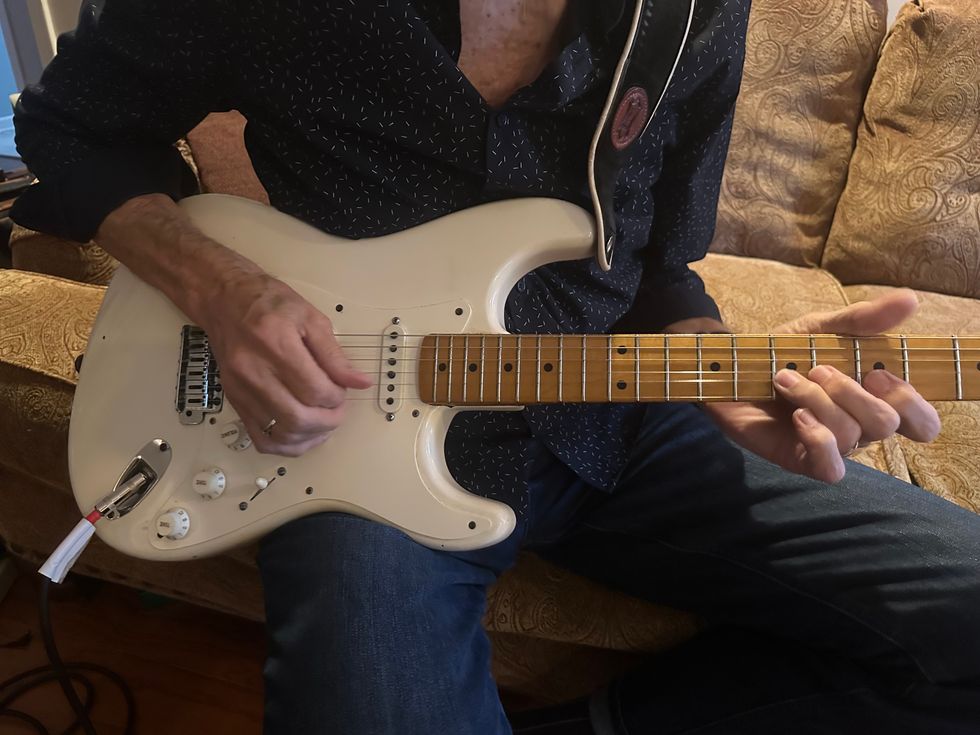





![Rig Rundown: Russian Circles’ Mike Sullivan [2025]](https://www.premierguitar.com/media-library/youtube.jpg?id=62303631&width=1245&height=700&quality=70&coordinates=0%2C0%2C0%2C0)
